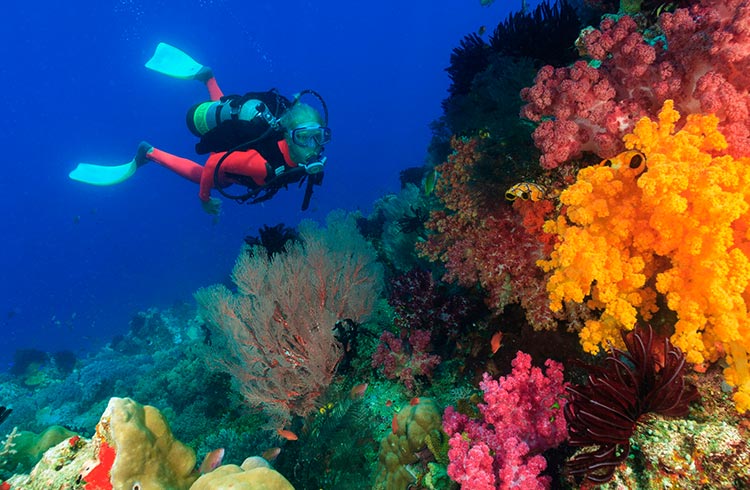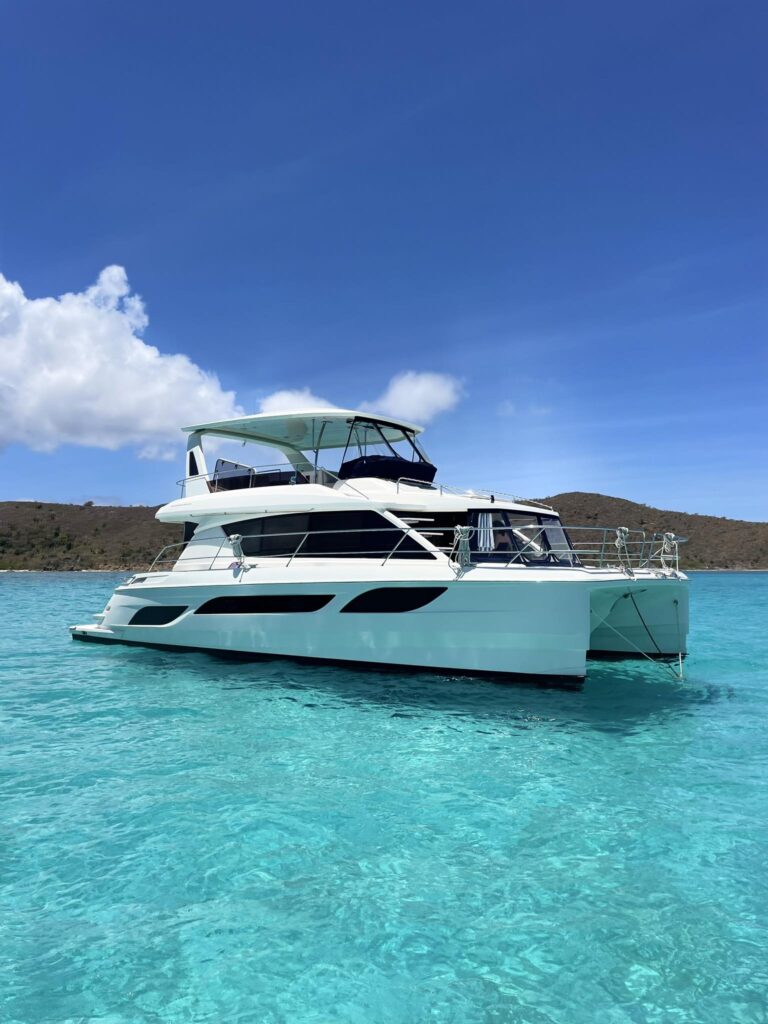Deep sea fishing requires specialized techniques such as using heavy tackle, trolling, and chumming to attract game fish in deep waters. For those who love to fish, there’s nothing quite like the thrill of deep sea fishing.
This type of fishing involves venturing far out into the ocean in search of game fish like tuna and marlin. However, deep sea fishing requires specialized techniques that differ from traditional freshwater or shallow water fishing. To have a successful deep sea fishing adventure, it’s important to understand the gear, bait, and techniques that are used in this type of fishing.
In this article, we’ll discuss some of the most effective deep sea fishing techniques to help you have a successful and enjoyable fishing trip.

Credit: www.amazon.com
Essential Deep Sea Fishing Gear
Deep sea fishing requires specific gear to ensure a successful catch. Here are the essential pieces of gear to bring on your deep-sea fishing trip:
A Sturdy Fishing Rod And Reel
A sturdy fishing rod and reel are essential for deep sea fishing. Ensure that the rod is long enough, ideally at least 6 feet, and the reel has a high line capacity. Choose a reel that can handle the size and weight of the fish you are targeting.
High-Quality Fishing Lines And Leaders
High-quality fishing lines and leaders are crucial for deep sea fishing. Look for braided lines that are strong enough to withstand the weight of the fish you’re targeting. Fluorocarbon leaders are also a good option as they are less visible to fish and provide additional abrasion resistance.
Hook Sizes Appropriate To The Types Of Fish You Want To Catch
Choosing hook sizes appropriate to the types of fish you want to catch is crucial for a successful deep sea fishing trip. Research the types of fish in the area and select hooks that will effectively catch them. Smaller fish require smaller hooks, while larger fish require larger hooks.
Lures And Baits Appropriate To The Location And Time Of Day
The right lures and baits can make a significant difference in your catch. Research the types of fish in the area and choose lures and baits that are attractive to them. Also, consider the time of day and type of water when selecting lures and baits.
Gps, Fish Finder, Or Compass For Navigation
Navigation equipment is essential when deep sea fishing. Gps systems, fish finders, and compasses can help you navigate and locate fish. They can also help you return to the dock safely.
Safety Gear Such As Life Jackets, First Aid Kit, And Emergency Flares
Safety gear is essential for any fishing trip. Always bring life jackets for all passengers and a first aid kit in case of an emergency. Additionally, bring emergency flares to signal for help in case of an emergency.
Having the right deep sea fishing gear can make all the difference in the success of your trip. Ensure you have all the necessary gear and equipment before hitting the water to make your trip both enjoyable and safe.
Techniques For Deep Sea Fishing
Deep Sea Fishing Techniques
Fishing enthusiasts find deep sea fishing as an exciting and challenging activity. It requires advanced fishing skills, knowledge of the area, and the right equipment to catch deep sea fish. In this blog post, we’ll talk about the different techniques that experienced anglers use to reel in big catches.
Drifting Technique
The drifting technique is an effective way to cover more water and attract fish. Here are some key points about this technique:
- This technique involves using natural baits or lures that mimic live prey and drifting with the current.
- Using a drift sock or sea anchor can help control the boat’s speed and direction.
- It’s crucial to keep an eye on the line and detect bites while drifting.
Trolling Technique
Trolling is another technique used for catching deep sea fish. Here are some key points about this technique:
- This technique involves dragging baits or lures behind the boat at different speeds to attract fish.
- Lures such as skirted lures or ballyhoo are commonly used for trolling.
- It’s important to vary the drag or speed, as well as the distance between lines, to attract more fish.
Bottom Fishing Technique
The bottom fishing technique is ideal for catching bottom-dwelling fish such as snapper and grouper. Here are some key points about this technique:
- This technique involves dropping bait or lures to the sea floor to catch bottom-dwelling fish.
- Baits such as squid, cut fish, and shrimp are commonly used for bottom fishing.
- It’s essential to keep the bait close to the bottom and detect bites by watching the line.
Jigging Technique
Jigging is another effective technique used for catching deep sea fish. Here are some key points about this technique:
- This technique involves using a jig or weighted lure to create movements that mimic prey and attract fish.
- Jigs can be used with natural or artificial lures.
- It’s crucial to vary the jig’s speed and depth to attract more fish.
Chumming Technique
Anglers use the chumming technique to create a feeding frenzy and attract more fish. Here are some key points about this technique:
- This technique involves using ground bait or fish parts to create a feeding frenzy.
- Bait fish, shrimp, and squid are commonly used as chum.
- It’s important to chum periodically to keep the fish interested and close to the boat.
Experienced anglers use different techniques to catch deep sea fish. Drifting, trolling, bottom fishing, jigging, and chumming are just a few examples of the numerous techniques employed to lure in big catches. Remember, patience, knowledge of the fish’s behavior, and the proper equipment are key to a successful deep sea fishing experience.
Conclusion
As you can see, there are a variety of deep sea fishing techniques that can have a massive impact on your fishing success. By understanding the different types of gear and equipment, identifying the best fishing spots, and having a clear understanding of the habits and behaviors of your target species, you’ll be well on your way to achieving your fishing goals.
Remember, it’s important to stay up-to-date with the latest fishing equipment and techniques, so be sure to do your research and continue learning about this exciting sport. Finally, always be respectful of the marine environment and the species that call it home, and never forget to prioritize safety above all else.
Good luck out on the water, and happy fishing!





